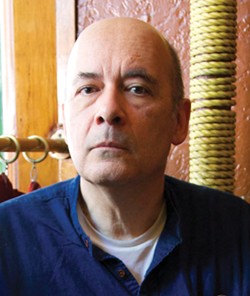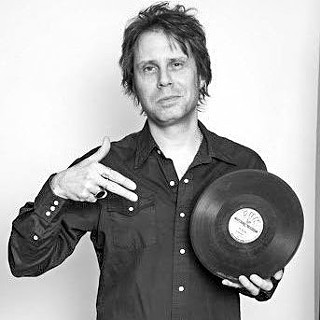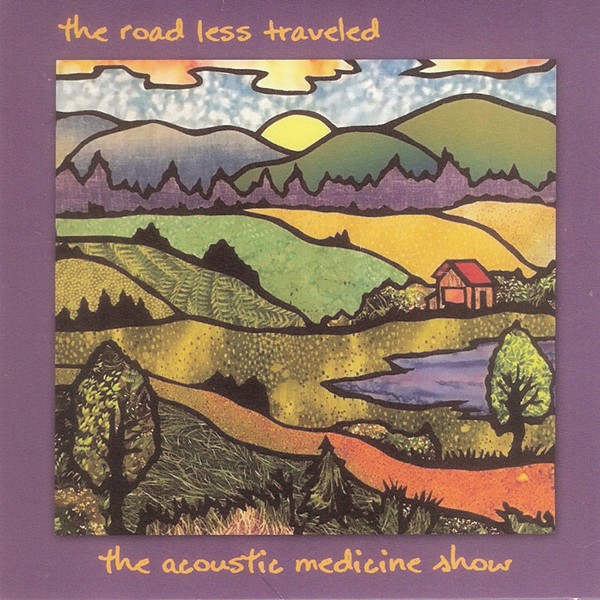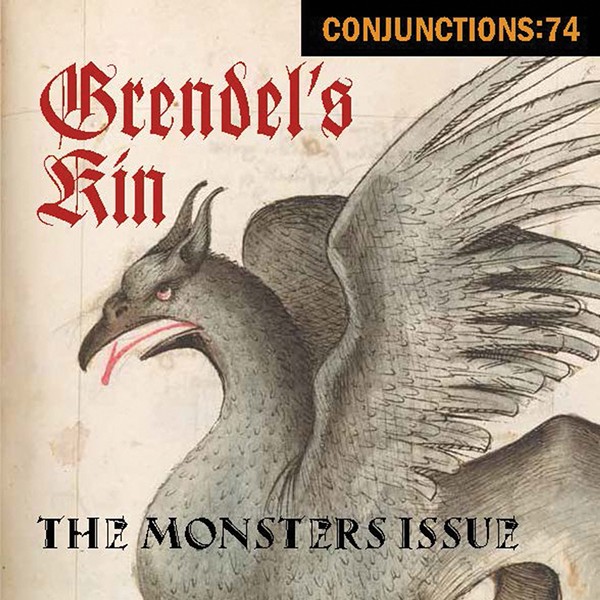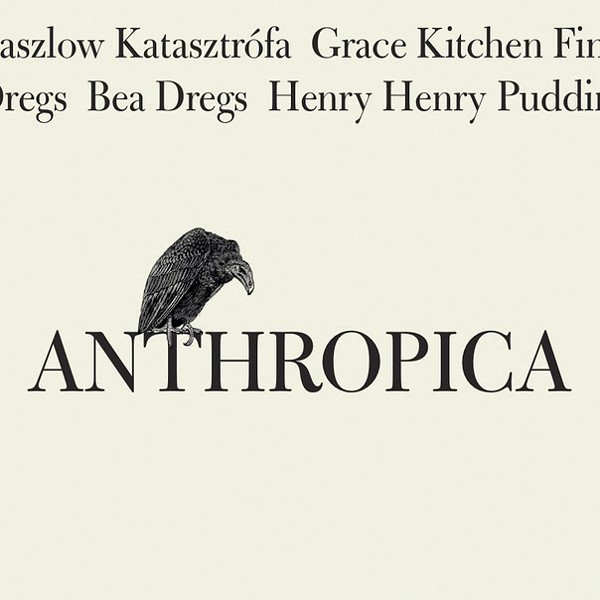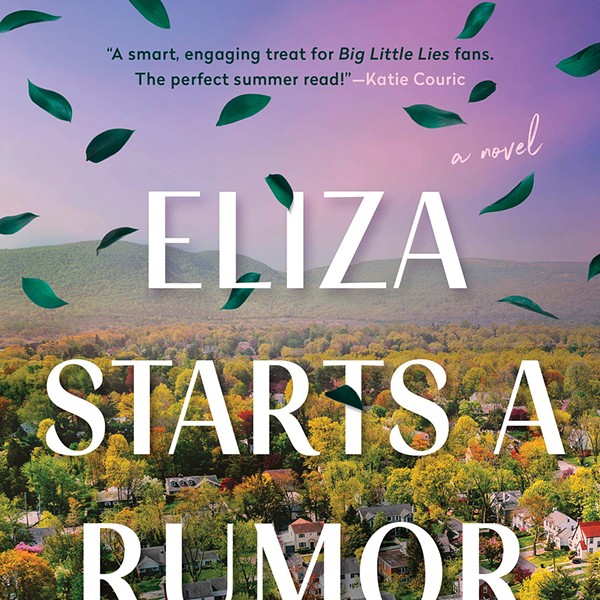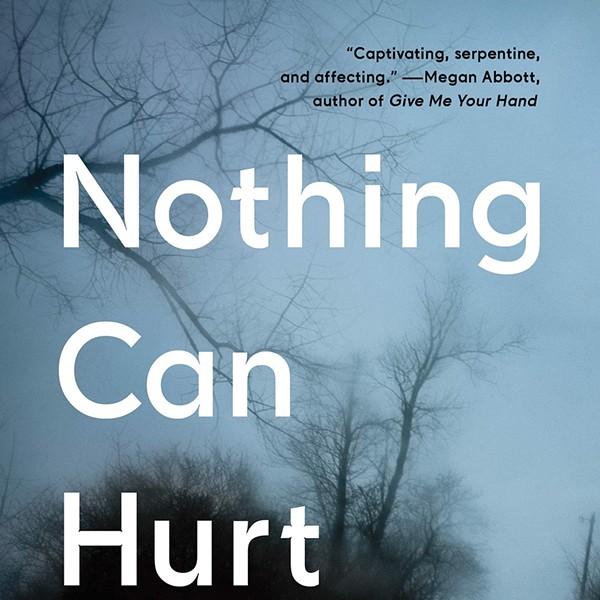Not since Joseph Mitchell, arguably, has a writer captured the raw essence and gritty ghosts of New York on a level approaching that of Luc Sante. Low Life, his 1991 history of the old city's seamy, subterranean strata, is compulsory reading for anyone even casually interested in the city's evolution, history in general, or vivid, razor-sharp prose. A visiting professor of writing and the history of photography at Bard College, Sante is also the author of Evidence, The Factory of Facts, Folk Photography, and The Other Paris. After 2007's Kill All Your Darlings, the new Maybe the People Would Be the Times, published this month by Verse Chorus Press, is his second collection of essays. Sante answered a few questions below via email.
—Peter Aaron
How many of the pieces collected in Maybe the People Would Be the Times were written during and the period when you lived in New York, in the 1970s and 1980s?
Except for two items from the '90s, the pieces were all written in the 21st century, most of them in the last 15 years. I couldn't have written the retrospective pieces back then; I was too close to the time, and I needed distance, temporal more than geographic.
A point about New York that runs through several of the works in this book, as well as Low Life and other writings you've done about the city, is that it's a place that's always changing. You arrived in the Lower East Side in 1976, long after the white flight that had seen earlier residents take to the suburbs. That prior migration left an economically barren but very affordable landscape for the next few generations of artists to incubate within. Right now, thanks to COVID-19, we're seeing this new exodus of people from New York and it's being hypothesized that the mass vacancies there will result in a new influx of people to the city, ultimately leading to yet another cultural rebirth there. How realistic is this? Are the general conditions and context similar enough now to what they were in the 1970s and '80s for that to happen?
I truly do not know. It's something I've been hearing a lot. But except for one quick drive down in early July I haven't been in New York since February. I'm planning to go down soon and spend some time, take the temperature of the place.
I suspect there's too much money sunk in real estate for things to open up very noticeably very soon. Back in the '70s very few people owned their apartments, for example. Apartment buildings were owned by landlords who hadn't paid very much for them. When they couldn't draw enough in rents to pay for services, they cut the services; when they couldn't pay the taxes they abandoned them, or had them torched for the insurance. That would be much more difficult today, for a million reasons. I can imagine rents going down, but the percentage of rentals is much smaller than it was back then. But who is to say which way this is all going to go? We can only watch and wait.
You've lived in Kingston for several years. When we talked in January 2019, I asked what you hoped future residents of your home would find, and part of your answer was that you hoped Kingston would keep its quiet pace. Now, of course, that pace is poised to get louder, as many of the New Yorkers who are fleeing the city due to the pandemic are moving here and real estate is booming. As someone who's seen the gentrification of New York firsthand and whose writings often focus on historical change and the everyday lives of the rank-and-file individuals within it, how concerned are you by what you're seeing now?
I've been living in Kingston for 13 years, in the area for 20. Yes, I'm concerned, since Kingston is ripe for prettification. But what am I saying, it's already happening. In February, pre-COVID, I was taken for dinner to a place in the Stockade that was...LA. No other way to put it. I mean, it's okay to have one or two such places, but soon enough it becomes hegemony. Look at Hudson, where the class division is like a chalk outline you can follow on the street. We'll be Hudson in a couple of years, maybe sooner.
The photo on the cover of Maybe the People Would Be the Times, one you took, is of a group of young, artist-looking types packed into what looks like a small basement with a makeshift bar, watching a performance. It's an especially poignant image given our present reality. But even before the pandemic many of us were lamenting how social media has for some lessened the need for the kinds of physical spaces—certain cafes, bars, and other dedicated spots—where artists and their appreciators have traditionally gathered to socialize and inspire each other. Eventually there will be a vaccine and people will be able to gather more frequently again, but do you think the need for "the hang" will ever vanish for artists?
That was [early '80s club] Tier 3, and that kind of intimate scene was rare even at the time—and Tier 3 only lasted for a year and change. There were other scenes at other times, all fleeting, but it wasn't social media that did them in—more than anything it was real estate. And legal shit. You could run loud clubs in Tribeca because hardly anybody lived there. There were (intentionally) temporary clubs, illegal clubs of all kinds because the cops didn't care, later on big warehouse clubs when the warehouses were empty, etc. All of those things became impossible in due course. Social media came in, fortuitously or not, after the clubs had either shut down or become much more regulated affairs, presenting shows at certain times, say, but not really encouraging a scene at other hours. The best scenes I've encountered in the past decade in New York were all private—house parties, some of them institutions, all of them publicized strictly by word of mouth. I imagine there's a fair amount of that sort of thing, but you have to be in the know. In any case, there's no question that people want to hang out in person. It's a need that will never go away.







